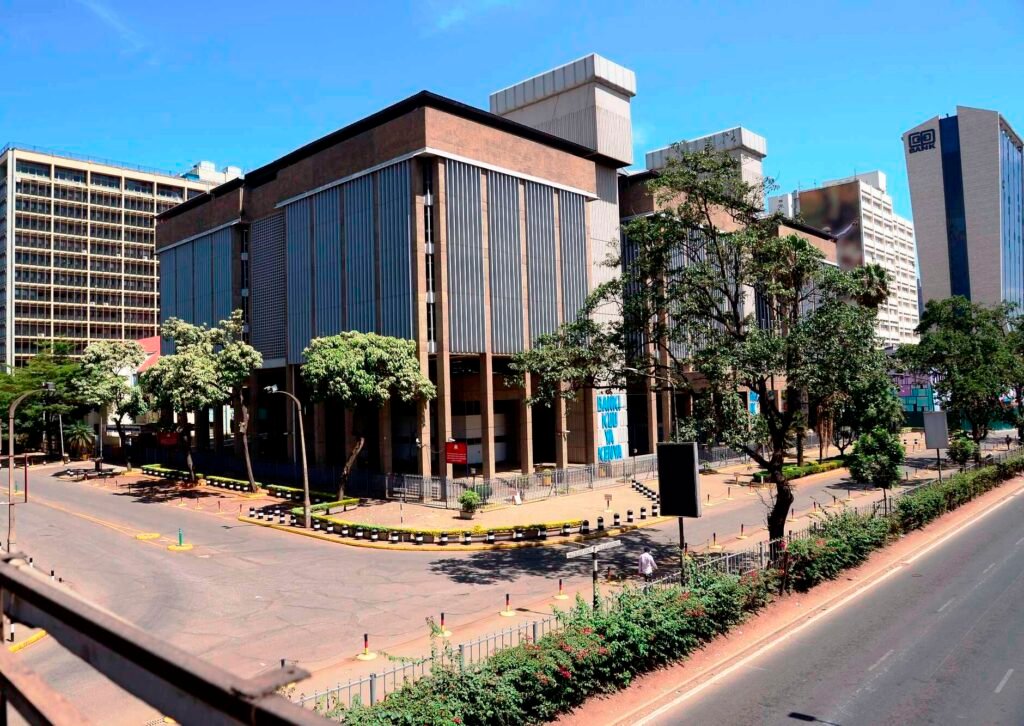Kenya’s financial services and insurance sector experienced a significant decline in GDP growth, expanding by only 4.7% in the third quarter of 2024, a stark contrast to the 15.5% growth observed during the same period in the previous year according to data from the Kenya National Bureau of Statistics (KNBS).
This deceleration was driven by shifting economic forces, including adjustments in interest rates, evolving credit conditions, and changes in money supply.
To navigate these challenges, the Central Bank of Kenya (CBK) lowered the Central Bank Rate (CBR) from 13% to 12.75% in July 2024, maintaining this level through August and September.
This adjustment was designed to stimulate borrowing and investment. However, despite this, the cost of credit surged, with average commercial bank lending rates climbing to 16.91% by September, up from 13.98% a year earlier. Meanwhile, the inter-bank rate saw a slight increase to 12.67% from 12.36%, signalling banks’ adaptation to the shifting economic environment.
Additionally, the 91-Day Treasury Bill yield also rose to 15.75% in September 2024 from 14.38% in September 2023, reflecting changing investor sentiment and growing uncertainty about the economic outlook.
During the quarter, broad money supply (M3) expanded modestly by 2.6%, reaching Sh5.99 trillion by the end of September 2024 from Sh5.84 trillion at end of September 2023, driven largely by a 10.5% surge in quasi-monetary deposits.
Foreign assets also showed remarkable growth, as net foreign assets (NFA) increased from Sh707.9 billion in September 2023 to Sh923.5 billion a year later. This increase highlighted the robust performance of commercial banks and other depositary institutions during the period.
On the domestic credit front, growth was subdued at just 0.5%, rising from Sh6.84 trillion to Sh6.87 trillion. While private sector credit expanded by 2.6% to Sh4.43 trillion, government lending contracted by 3.3%, signalling a strategic pivot towards bolstering private sector activity—an essential move for spurring economic momentum.
The Nairobi Securities Exchange (NSE) also experienced contrasting trends in the quarter. Trading volumes declined, with the number of shares traded dropping from 424 million in September 2023 to 334 million in September 2024, and the total value of shares traded falling from Sh5 billion to Sh3 billion.
Despite this downturn, the NSE 20 Share Index climbed from 1,508 points to 1,776 points, reflecting a promising recovery in the equity market.
Overall, Kenya’s economy experienced a growth rate of 4% in the third quarter of 2024, a decrease from the 6% growth recorded in the same period in 2023. This slowdown in growth was primarily attributed to a widespread decline across various sectors of the economy.
The slower growth in the financial and insurance sector highlights the intricate challenges of a shifting economic climate. The interplay between interest rates, money supply, credit, and market activity will serve as key indicators of the financial sector’s trajectory in the coming months.
As challenges persist, opportunities for recovery and growth remain on the horizon, driven by focused economic policies and a resilient financial ecosystem.


